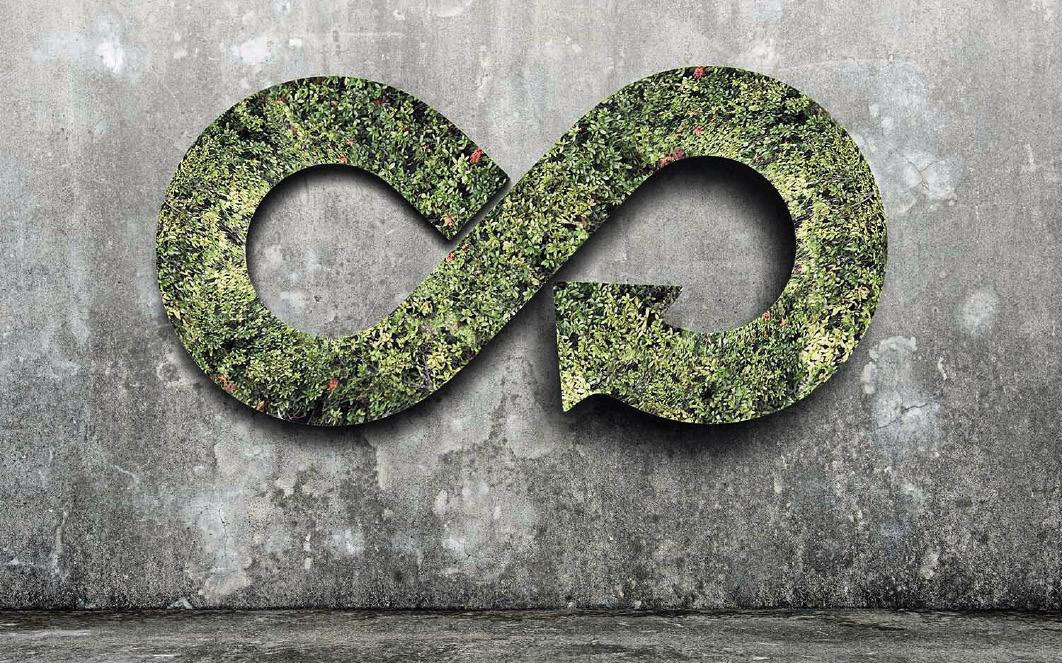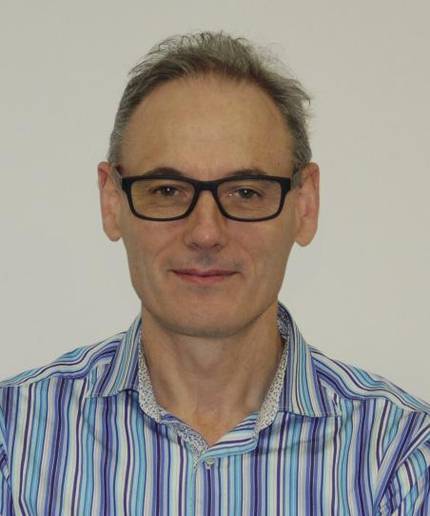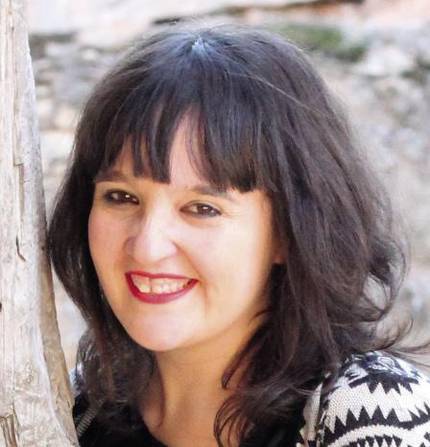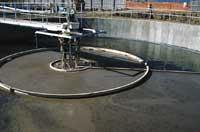Ways of implementing the circular economy
2022/03/01 Elhuyar Zientzia Iturria: Elhuyar aldizkaria

In GAIKER, for example, they do research in eco-design. The key is in the development of durable products with a long shelf life and when materials come to an end they will be reusable. Koldo Gondra Zubieta is responsible for this issue, and has explained that in ecodesign “from the beginning we take into account which materials we use and how to compose the product for later separation and reuse. Sometimes the material we recover cannot be used to make the same product, so then we transform it for another use.”
Researcher Tamara Fernández Arévalo de Ceit agrees with Gondra. Where appropriate, it specifies that the main objective is the minimisation of waste generation and, if generated, the recovery or reuse and the reduction of the need for raw materials: “The goal is sustainability. To this end it is strategic to reuse, transform, innovate and recycle materials, products, by-products, etc.”
In short, it is about leaving the linear economy, according to Fernández: “The paradigm so far produced, used and demolished is to end it and move to the circular economy. For this it is important to reuse the resources as much as possible: energy, water, materials...”
For companies, which have so far worked in a different way, it is not easy to move to the circular economy, because investments are needed to adapt. Fernández warns that there are other obstacles: “In addition to funding, there are cultural barriers, because we are embedded in the culture of consumption. And there are political barriers, for the moment, because laws and rules don't force us to make a circular economy. It should be a joint partnership. I believe that there is a desire and interest and that the need is seen, but steps must be taken, for example, with subsidies, etc. so that companies can be transformed again."
Gondra has also highlighted the regulatory aspect, otherwise not all companies would be in the same conditions: “If a company changes and loses competitiveness, it is not easy to take that step. This is a big problem, especially for small businesses.”
In the meantime, research centres continue to work to provide the necessary technology for transformation. For example, GAIKER prioritises the mechanical and chemical recycling of materials and separation, and Ceit has mainly worked on the development and optimization of advanced technologies for the treatment and recovery of wastewater and organic compounds.
“We used to work mainly on urban waste water, but now we also work with companies. For example, through the European LIFE MCUBE project, we analyse how they can improve and analyse water management in an industry. We used measuring tools, mathematical models and pilots, and the goal was to change water management to reduce the environmental impact: reduce water use, reuse it…”, explains Fernández.
As for waste, they look at what can be done with the waste generated in companies. One of the examples is Medical2bio. This is a European project coordinated by Fernández himself: “It’s a three-year project and now we’re at the center. We are eleven partners, the goal is to develop a tool that helps us make decisions, to know what to do with the organic waste generated in agriculture and in companies. This tool takes into account the location of the company, where it can be reused, waste composition, etc. With all these criteria, the tool informs the company of the most appropriate option to manage this waste.”
Work is also under way in the paper industry through the Repapel proposal: “The main objective is the recovery and use of high added value compounds in the pulp and paper manufacturing industries. The technologies developed here will serve as a basis for their national and international implementation in other industries, as well as for extending waste recovery technologies and the concept of circular economy to other industrial sectors.”
In fact, work is being done on a similar project in the dairy sector. Under the name of Biobased, it is led by GAIKER and its essence is the revalorization of serum in the circular economy.
In addition, Gondra has given examples in other areas: “We have achieved a couple of European projects to recycle composites. The problem with composite materials is that after their use they lose their initial economic value, and we want to solve it, for example, composites used in wind turbines. They are complex materials due to the combination of reinforcements of thermostable resins, nuclei of foam materials, coatings and elements that lead electrical discharges, all of them mixed, and difficult to put into value. We are working to solve it, for example in the Osiris Cervera network project, leader of GAIKER, along with other technology centres and companies.”
Looking to the future, GAIKER's challenge is to recycle electronic materials, batteries, polymer-manufactured products, etc., and to this end has pointed out the difficulties that exist: “We have to ensure that a product is of good quality, homogeneous, and that supply and order match and this is not easy. Cost is often a problem as the market does not accept the cost of recycling. But we are clear that our commitment to recycling, eco-design and life cycle analysis is not short-term. We know that the results are not going to be immediate and for this it is necessary to raise awareness of the company, but also of society.”
There are similar barriers to the future in Ceit, but there is no doubt that they must continue to investigate the reuse of resources and waste. In addition to the aforementioned materials, they work with metals and rare earths in the Neohire project. Fernandez explains this: “On the one hand, we are accumulating the waste containing these elements and it is necessary to manage them, and on the other hand, they are finite raw materials, they are exhausted and we are increasingly dependent on foreign countries. Therefore, giving these raw materials a new life is also a way to reduce this dependence.”
At both GAIKER and Ceit, it is clear that partnership is the key to progress, and this is how we are working together with organisations and companies at different levels to drive the circular economy.

Gai honi buruzko eduki gehiago
Elhuyarrek garatutako teknologia







